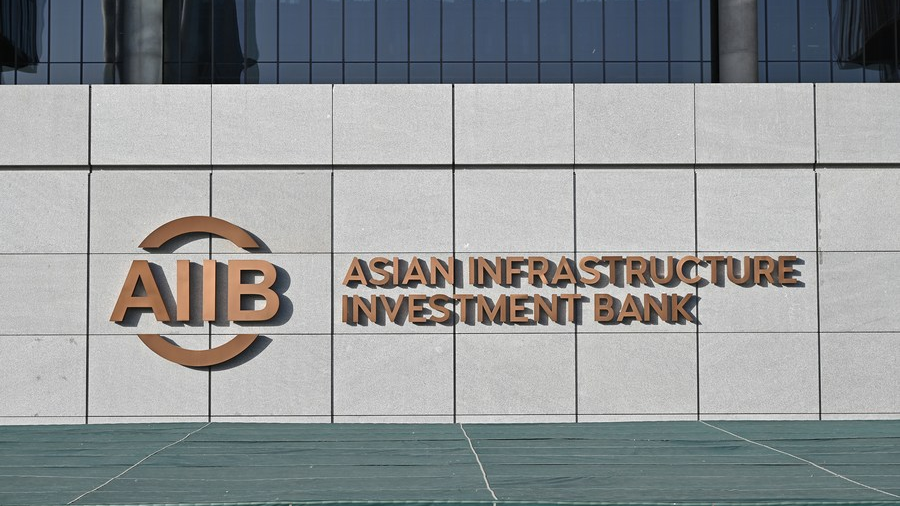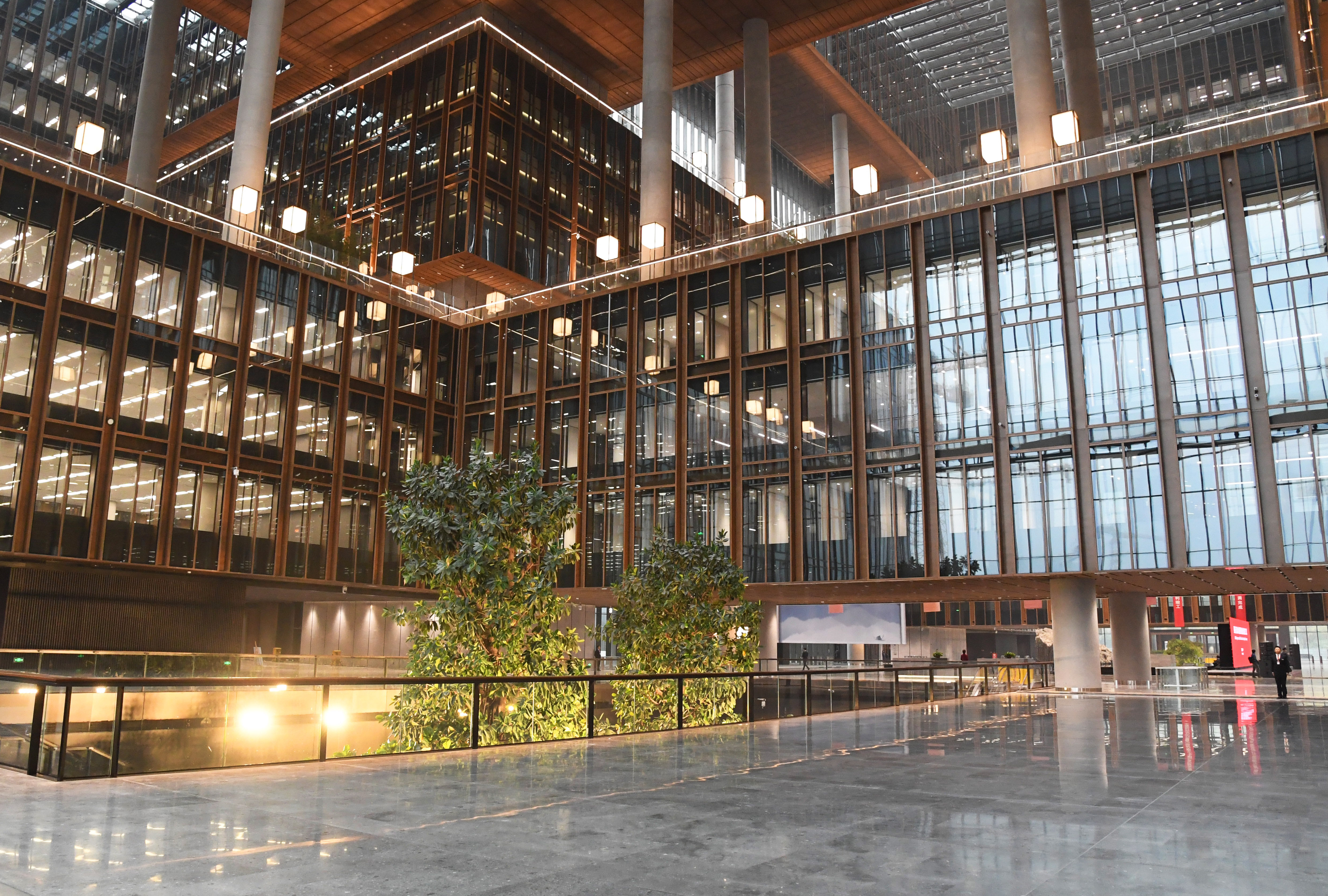
The headquarters building of the Asian Infrastructure Investment Bank in Beijing, capital of China, January 13, 2021. /Xinhua
The headquarters building of the Asian Infrastructure Investment Bank in Beijing, capital of China, January 13, 2021. /Xinhua
Editor's note: Matteo Giovannini is a finance professional at the Industrial and Commercial Bank of China in Beijing and a member of the China Task Force at the Italian Ministry of Economic Development. The article reflects the author's views and not necessarily those of CGTN.
The last four decades of China's reforms and opening-up policies have been widely praised for the remarkable economic and social achievements that the country has been able to score both at the domestic level, with a tangible improvement in people's livelihood, and at the international level, with concrete benefits to the global economy due to the country's accession to the World Trade Organization (WTO) 20 years ago.
A higher level of integration with the rest of the world has naturally carried increased responsibilities and expectations for a country whose share of economic output in the world economy has increased from 4 percent in 2001 to nearly 17 percent in 2020.
An evolving economic environment towards a multipolar world order, an increasing lack of trust of the West's financial practices, the necessity to catalyze more investments to Asia and a clear underrepresentation of emerging nations in post-war American-led institutions can all be considered aspects that led China's government to initiate a new protagonist in the financing landscape of multilateral development organizations.
On December 25, the Asian Infrastructure Investment Bank (AIIB), an international financial institution created in China's capital city as a complementary to long-running lenders such as the World Bank, the International Monetary Fund (IMF) and the Asian Development Bank (ADB), celebrates the 6th anniversary since the start of its operations when 57 founding members agreed to join and the bank's Articles of Agreement entered into force.
Probably one of the most relevant aspects that sets apart the AIIB from similar multilateral organizations is that the bank has been able (due to a high level of corporate agility and a lean governance structure) to quickly adapt to a changing business context extending its reach well beyond Asia and widening its business scope.
A key document that provides valid information to understand the current choices made by the AIIB is the corporate strategy, that was approved last year and presents the bank's vision, mission and strategic directions for growth through 2030.

An internal view of the Asian Infrastructure Investment Bank (AIIB) headquarters in Beijing, capital of China, October 24, 2019. /Xinhua
An internal view of the Asian Infrastructure Investment Bank (AIIB) headquarters in Beijing, capital of China, October 24, 2019. /Xinhua
Climate change is one of the most pressing global challenges of our century. In order to reduce global emissions, the AIIB's goal is to have in its portfolio renewable energy and green infrastructure projects that reach or surpass half of the actual financing approvals by 2025.
What could be considered a bold statement is in reality a very manageable goal, considering that climate-related project financing has already reached 41 percent of the bank's infrastructure portfolio last year. The further push for the prioritization of projects dedicated to climate action and that can deliver measurable improvements to environment and local communities. Thus, suggesting that the 50 percent target (four years from now) is a mere formality.
Looking at the bigger picture, the strategic move of the AIIB is aimed at aligning its operations with the Paris Agreement. In this context and in view of the climate goals set by July 1, 2023, the bank has publicly declared to expect a 300 percent increase in annual finance commitments reaching $50 billion of climate financing by 2030.
To reach these ambitious targets, technological innovation and private sector financing will become two pivotal factors in creating a smooth transition to a new paradigm in infrastructure investment that has sustainability at its core.
Technology is going to play a critical role in improving traditional infrastructures while streamlining processes, promoting sustainability, increasing the level of quality and safety, and reducing financial costs and risks. The central role played by innovation during the COVID-19 pandemic sets a great example of how technology can facilitate the continuous functioning of economies while promoting an irreversible transition to digital solutions in sectors ranging from health to education.
The increasing level of public debt as a result of the pandemic makes it more and more difficult for the public sector to meet growing infrastructure needs particularly in Asia, a region that represents 60 percent of the world's population and over 45 percent of the global economy. In this regard and in light of ambitious green finance goals, the key role of the AIIB is to leverage its strong brand, good reputation and track record to become a catalyst of resources from institutional investors, making private capital play a more relevant role in financing the infrastructures of tomorrow.
At the end of the day, it is only through a combination of in-house banking expertise in deal structuring, implementation of third-party technological advancement, and deployment of private capital contribution that the AIIB will be able to successfully drive the transition towards future infrastructures that are climate-resilient and that produce long-term development for local communities while conserving the world's natural resources.
(If you want to contribute and have specific expertise, please contact us at opinions@cgtn.com.)

